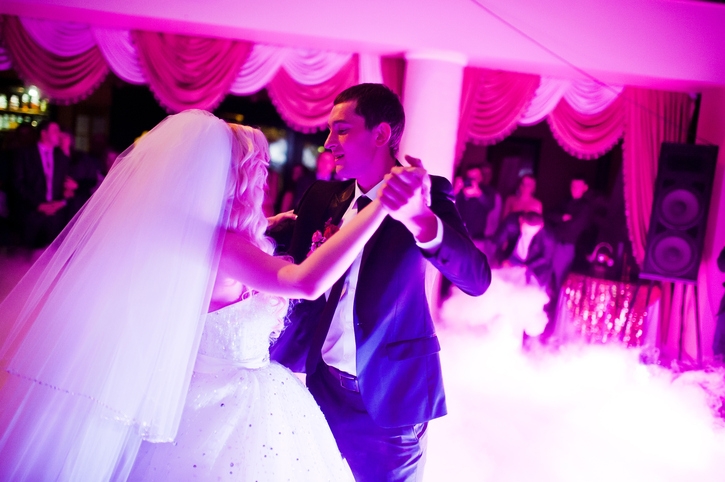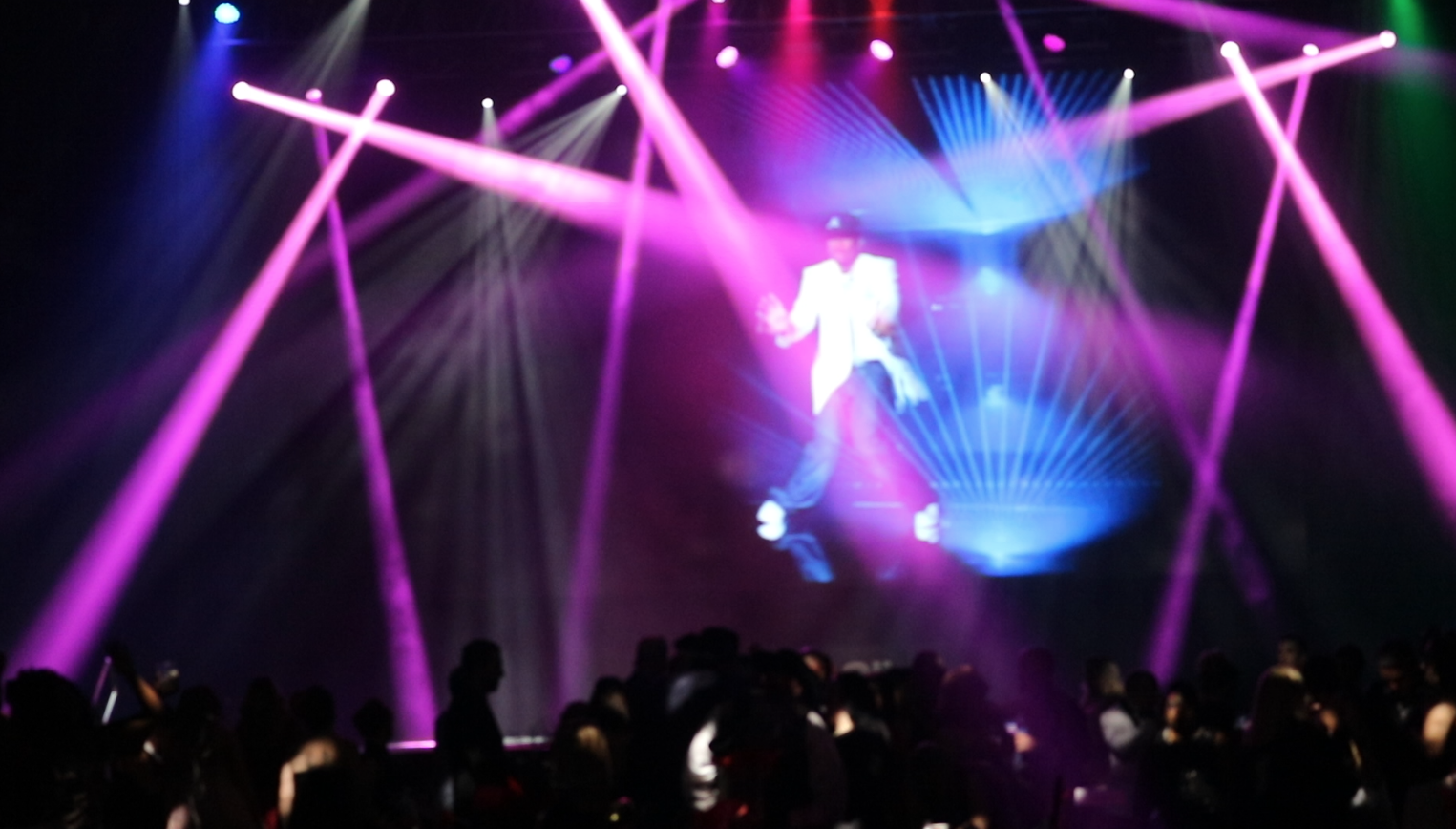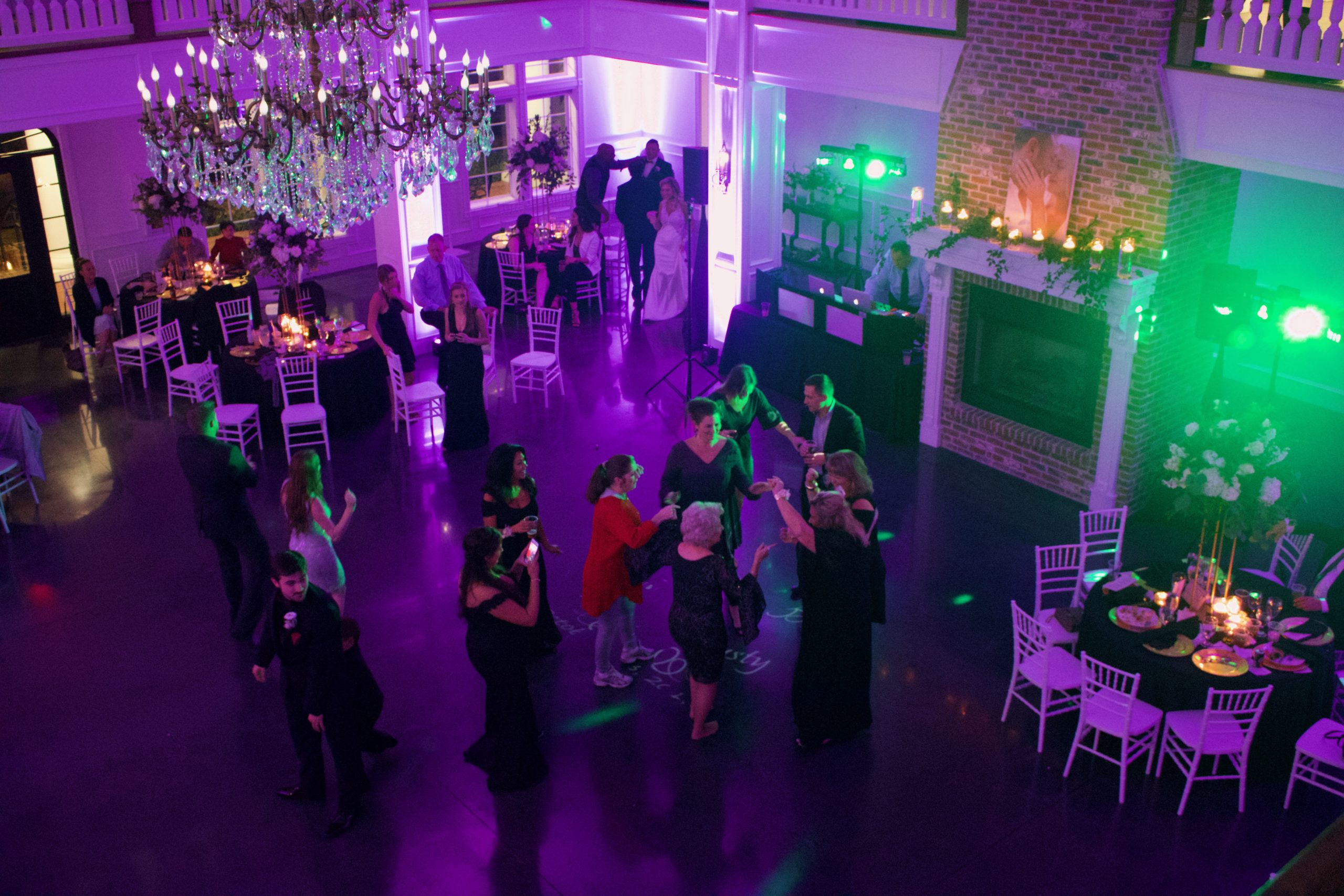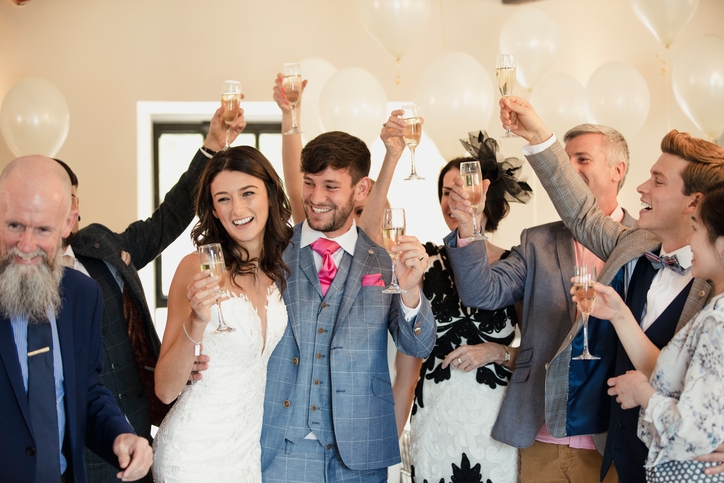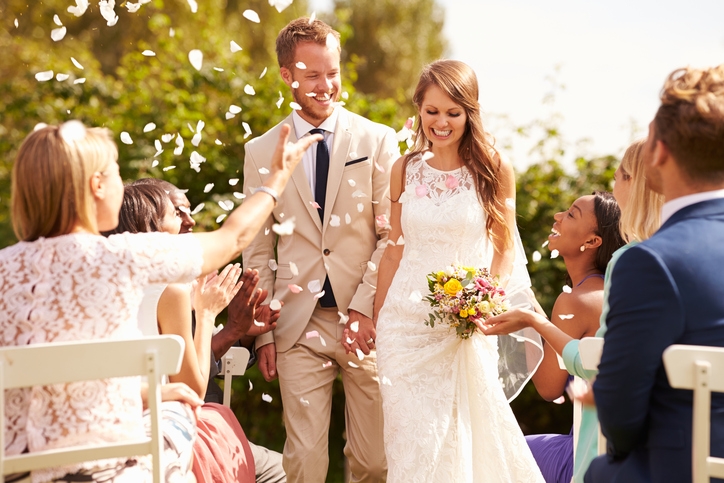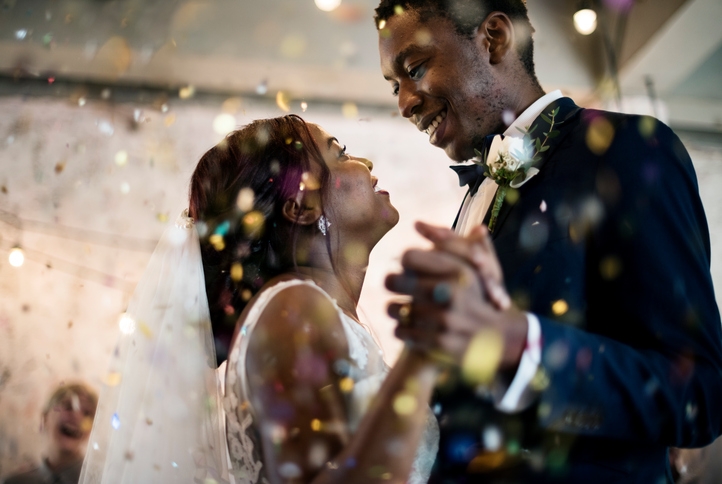Know what all the best wedding DJs have in common? Packed dance floors. The most memorable weddings are those where everyone is enjoying themselves, celebrating with the bride and groom. When the first dance ends and the happy couple invites others to dance, the music keeps the group engaged and entertained without dominating.
This is how your wedding reception plays out in your dreams. But we’ve all been to weddings where the dance floor clears after a few minutes and there is a lull in the action. Guests take their leave before the cake is cut and the crowd dwindles . . .
Keep the Dancing Going
And then there are other weddings when the fun—and the dancing—never seems to stop. Before you know it, the bride and groom are ready to leave and you can’t believe the night is over. Those are the memorable weddings that you and your friends continue to talk about long after the bouquet is thrown. So, what makes them so special?
The best wedding DJs have a special skill that allows them to keep the music going continuously. Just like on the radio or in a high-tone club, as one song ends, the next one seamlessly begins. This skill—called beat matching–keeps everyone on the dance floor moving, and ensures the party stays in high gear.
What is Beat Matching?
Beat Match is matching the varying tempos of two songs, thus creating a seamless transition between them. This can be done by stretching the beat of an upcoming song to match the beat of what’s currently playing. Beat matching prevents that uncomfortable dance floor stillness, leaving some partygoers waiting and wondering whether the next song will be dance worthy, while others shuffle back to their seats. So, if beat matching makes the party or wedding reception better, why doesn’t every DJ do it?
Are all Beats Created Equal?
Beat matching might sound simple enough, but it’s not. It’s a talent developed through time and practice, and lots of it. It involves listening to the upcoming track through headphones and matching its levels with the current track via gain control on the mixer. Now for the beat: once the levels jibe, the speed of the upcoming track needs to be manually adjusted, ensuring the beats are in sync.
The complicating factor is, not all songs—beat-wise—are created equal. For instance, trying to beat match songs with drastically different beats per minute (BPMs) will result in one or both songs sounding too slow or fast. So, selecting the right wedding songs, and their order, is an integral element of beat matching. It’s truly an art.
The Best Wedding DJs Use Beat Matching
Why settle for ordinary when you can have the best wedding DJ in Dallas keep the dance floor crowded all night? For a memorable wedding where the music never stops, select a DJ who will keep your jams going and your friends happy. Give Groovy Sound Productions a call to schedule a consultation today.

